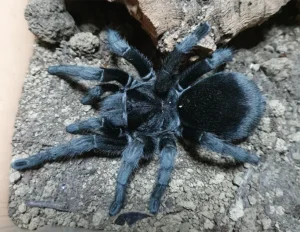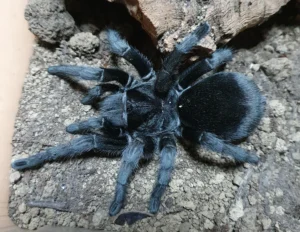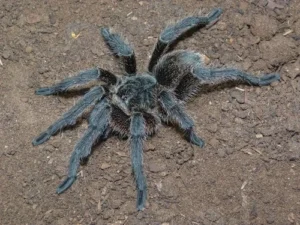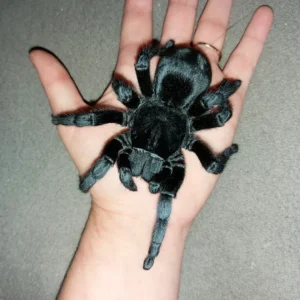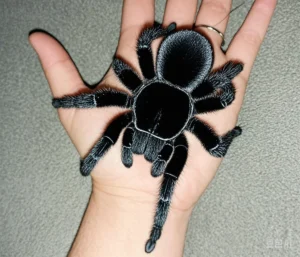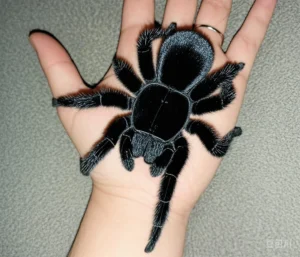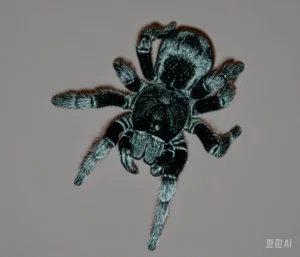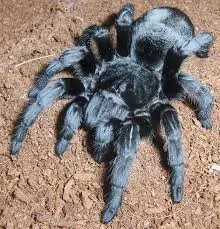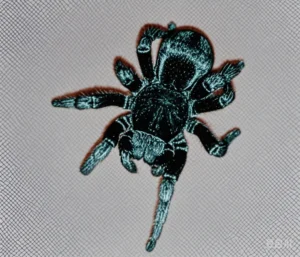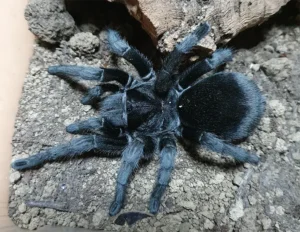Trade Regulations for Grammostola pulchra: CITES Status and Illegal Trafficking Risks
The striking appearance and generally docile nature of the Brazilian Black Tarantula (Grammostola pulchra) make it a popular choice in the pet trade. However, prospective owners and breeders should be aware of the regulations and ethical considerations surrounding its trade, particularly concerning its conservation status and the potential for illegal trafficking.
CITES Status
As of the current listings, Grammostola pulchra is not listed in the Appendices of the Convention on International Trade in Endangered Species of Wild Fauna and Flora (CITES). This means that international trade is not regulated under CITES auspices. However, this does not imply that trade is unregulated entirely or that there are no conservation concerns.
National or regional laws in its native range (primarily southern Brazil and Uruguay) may still impose restrictions on collection and export. The absence from CITES often reflects a lack of sufficient data to assess its conservation status comprehensively or that the species is not currently deemed threatened by international trade at a global level.
Illegal Trafficking Risks
Despite not being CITES-listed, demand for popular species like G. pulchra can fuel illegal collection from the wild. This poses several risks:
- Depletion of Wild Populations: Unsustainable collection can negatively impact local ecosystems and the species’ long-term survival in certain areas.
- Stress and Mortality: Wild-caught specimens often suffer significant stress during capture and transport, leading to higher mortality rates compared to captive-bred individuals.
- Introduction of Parasites/Diseases: Wild specimens may carry parasites or diseases that can pose risks to established collections.
- Lack of Traceability: Illegal trade makes it difficult to track the origin and ensure the ethical sourcing of animals.
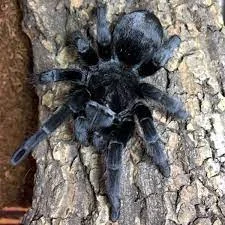
Supporting illegal trade, even unknowingly, contributes to these problems. It’s crucial for hobbyists to prioritize ethically sourced animals.
Responsible Ownership
The most ethical way to acquire a Grammostola pulchra is to purchase captive-bred specimens from reputable breeders or dealers. Captive breeding programs reduce the pressure on wild populations and typically result in healthier, more acclimated animals. Understanding and practicing ethical tarantula sourcing practices is paramount for responsible hobbyists.
Always inquire about the origin of the tarantula. Responsible sellers should be transparent about whether their stock is captive-bred (CB) or wild-caught (WC). Choosing CB individuals is the preferred and recommended option.
Conservation Implications
While not formally listed as endangered, habitat loss and degradation in its native range are potential threats to G. pulchra, compounded by any illegal collection pressure. Supporting captive breeding efforts indirectly contributes to conservation by satisfying market demand without harming wild populations. Continued monitoring of wild populations and habitat status is important to ensure the species remains secure.

References:
- CITES Appendices. (Accessed 2023). Convention on International Trade in Endangered Species of Wild Fauna and Flora. https://cites.org/eng/app/appendices.php
- General information on Tarantula Trade Ethics.

